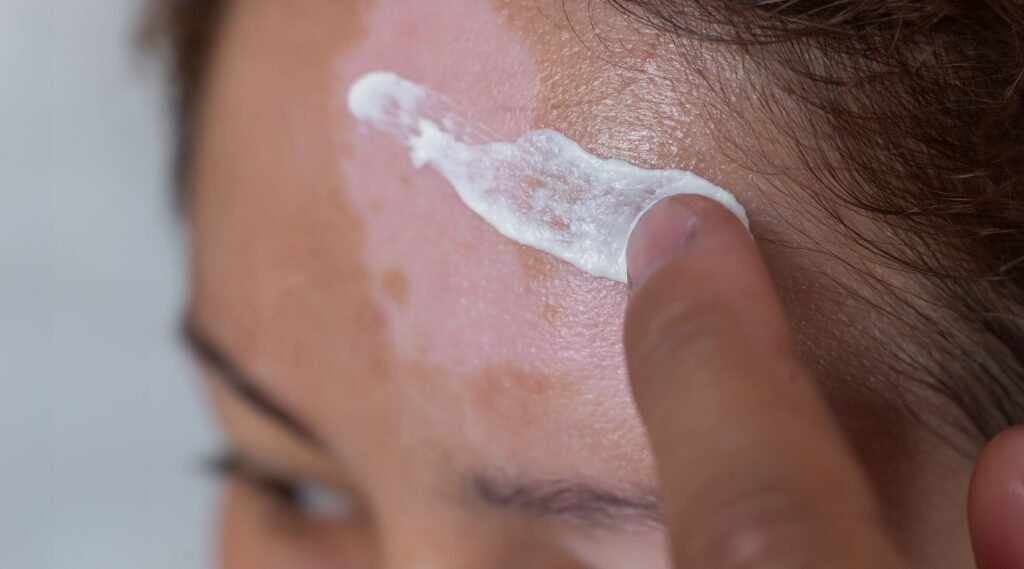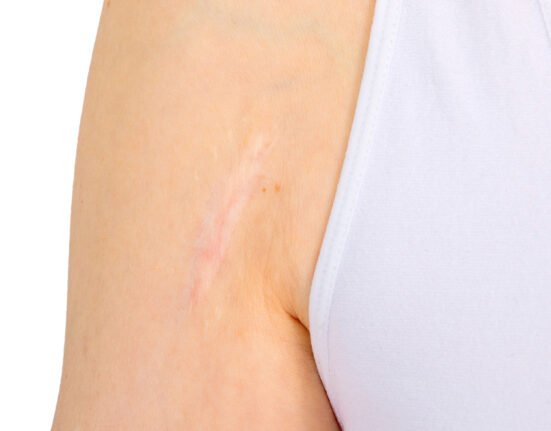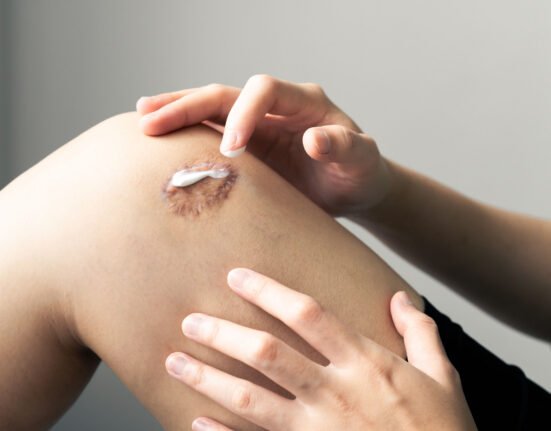Have you ever noticed white patches on your skin that seem to become more noticeable over time? It might not just be ordinary “uneven skin tone”. It could be a sign of vitiligo.
Vitiligo is a skin condition in which specific areas of the skin lose their natural pigment, resulting in white patches that can appear on the face, hands, feet, or other parts of the body.
It’s not just the skin; sometimes hair, eyebrows, or even eyelashes can turn white, too.
What Causes It?
Vitiligo happens when, for reasons still not entirely understood, the body starts attacking its pigment-producing cells (melanocytes). As a result, the affected skin loses its color.
While the exact cause isn’t fully known, several factors may play a role:
- Autoimmune responses (the immune system attacks healthy cells)
- Genetics (family history of vitiligo)
- Emotional or physical stress
- Exposure to sunlight or certain chemicals
What Are the Symptoms?
The primary symptom is the appearance of white patches on the skin. These may develop gradually or spread quickly.
Some people also experience itching before the patches appear. Vitiligo usually isn’t painful or physically harmful, but it can affect confidence and self-image.
Can It Be Cured?

Vitiligo currently has no complete cure, but the good news is that there are treatments that can help reduce the appearance of the patches and restore some pigmentation.
Some options to discuss with a doctor include:
- Corticosteroid creams or other topical treatments to help restore skin color
- Light therapy (such as narrowband UVB or NB-UVB)
- Minor surgical procedures for specific cases
- Cosmetic products to cover or blend the patches
Most importantly: don’t try random treatments without medical advice, especially those that promise “normal skin in 3 days.”
How to Take Care of Skin with Vitiligo
If you have vitiligo, here are a few things that can help keep your skin healthy and prevent flare-ups:
- Always use sunscreen with at least SPF 30, as depigmented skin burns more easily
- Use gentle, alcohol-free moisturizers
- Avoid tanning or skin-bleaching products without medical supervision
- Keep your body and mind healthy, as stress can worsen skin conditions
You’re Not Alone — And There’s Nothing to Be Ashamed Of
Vitiligo might make you feel “different,” but you’re not alone. Many public figures confidently live with vitiligo, showing that beauty comes in all forms.
What matters most is taking care of yourself and remembering that your skin condition does not define your worth.
Cleveland Clinic. Accessed in 2025. Vitiligo.














Leave feedback about this